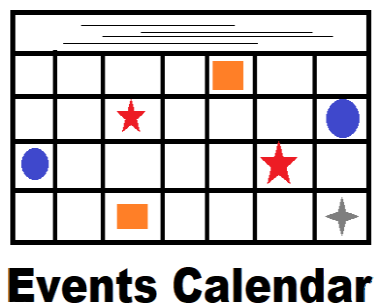Just a bit more information on the T41 transceiver.
This photo of the front panel was from a prototype built about two years ago. Because it is a build-it-yourself project, your panel can vary considerable. This one uses a 5” display, but 7” displays are being used more commonly.
The insides consists of several boards measuring 100mm x 100mm. A main board handles such things as the Teensy 4.2 processor. The RF board is described below. Optional boards can be added for such things as a band pass filter, low pass filter, power amplifier (20W is available and 100W to be released soon).
The 4-layer RF board, below, was developed by Al AC8GY and Bill K9HZ. The layout was by Oliver KI3P.
______
To understand the sophistication of the design and the various options that a builder can include, here is a description of the board by Bill K9HZ:
“Everything on the board is an option… meaning it supports just a receiver, just a transmitter, both, or the board being used as a second receiver to the primary receiver. Then there are all of the various options that go with them. Let’s go through these:
Starting at the top left… RF gain control is a hardware attenuator controllable from software to decrease the gain of the signals provided to the receiver. I2C controlled so you can even use some very clever TRUE AGC algorithms to react to strong signals. Its an option… so if you don’t want to build it, just put J3 in place and use a little shorting block. You can go back and build it when you want.
Below it is the RF AMP… a DC-1GHz MMIC replaces the 2N3904 transistors to give a much better gain dynamic. You MUST build this with the receiver in order for it to work. Gives a worst-case receiver sensitivity of about 0.5uV.
Quadrature sampling detector (to the right of the RF amp) and anti-aliasing filters. Detector is now balanced and the filter has a sharper profile for better image rejection. Build this if you want a receiver/ second receiver. Output connector is I/Q data for the “Main” board or a SDR computer program with audio card.
Middle left is the only control connector “RFControl” that comes from the main board with the signals needed to operate it, including CAL, TX, I2C signals, and SSB or CW.
Left middle is the I2C decoder for all of the options on the board. Add this for control of the attenuators, the MF option, etc. Build this if you elect to populate any of these options.
In the middle of the board is the “Clock Divider” circuit that takes the LO and divides it by 8… allowing frequency operating range (called the MF or Medium Frequency Range) of 400KHz to 3.5MHz IN ADDITION TO the base range (TX and RX). Uses a pair of UHF Pre-scalars and GHZ switches. If you don’t want this, add the jumpers and the TX/RX operates from the base frequency range of 3.5-100MHz+.
To the right of the clock divider is the “Clock Generation” and “TCXO upgrade”. The si5351 is now placed here on the RF board for better isolation. It is I2C controlled just as before, but there are no divide-by-4 flip-flops to generate the quadrature LO. Instead its generated WITHIN the si5351 now, and the result is a much higher frequency range overall. The base-level LO is capable of TX/RX in the 3.5-100MHz+ range. A 25MHz crystal driven device. Not an option.
Above this is the “TCXO Upgrade” option that gives you +/-1 ppm frequency stability if you build this option. 25MHz crystal is left out with this option.
To the left is the power supply for this board. All boards now have their own power supply derived from 12V in order to distribute the heat. Both 3.3V and 5V supplies are here. This is not an option!
Bottom left is the “Phasing and Conditioning/ Filters” for the transmit section. Built this if you are building the transmit section of the board. Like the receiver, the filters have been sharpened a bit for better response and imaging.
To the right is the “Mode select” for selecting CW or SSB. This must be populated if you are building the transmitter section.
Above that is a brand new “CW Envelope Shaping” circuit that you would build if you want to generate CW signals. This is somewhat of an option but I suggest you build it.
Below that is the “TX Gain Control” option that allows you to adjust the transmitter output to the PA (where it should be done) in 0.5dB steps. Once calibrated on each band, you will be able to set the exact output from your radio… digitally… from the front panel controls… and store it so your radio comes back to the same point every band-change (no over-driving your amp!). I2C controlled. This is an option. If you don’t want it, install the Jumper.
Finally on the bottom right is the “Calibration Control” switch. You don’t have to add it, but then you need to jumper the switch (no provisions were made for that) and you must manually calibrate the radio as you did with the V11 boards. With this, software will automatically calibrate the radio.”
_____
While a few of the boards are already available such as encoder and PA boards, the new version (V012) of the main boards are not yet available but will hopefully be in production sometime this month.
If you wish more information about the project, I will by happy to help you understand what it’s about. I am not one of the developers, but rather am just the guy who is coordinating the purchase of the boards for Canadian hams.
73, Charles R Smith VA6CR
birdingdoc (at) me (dot) com

